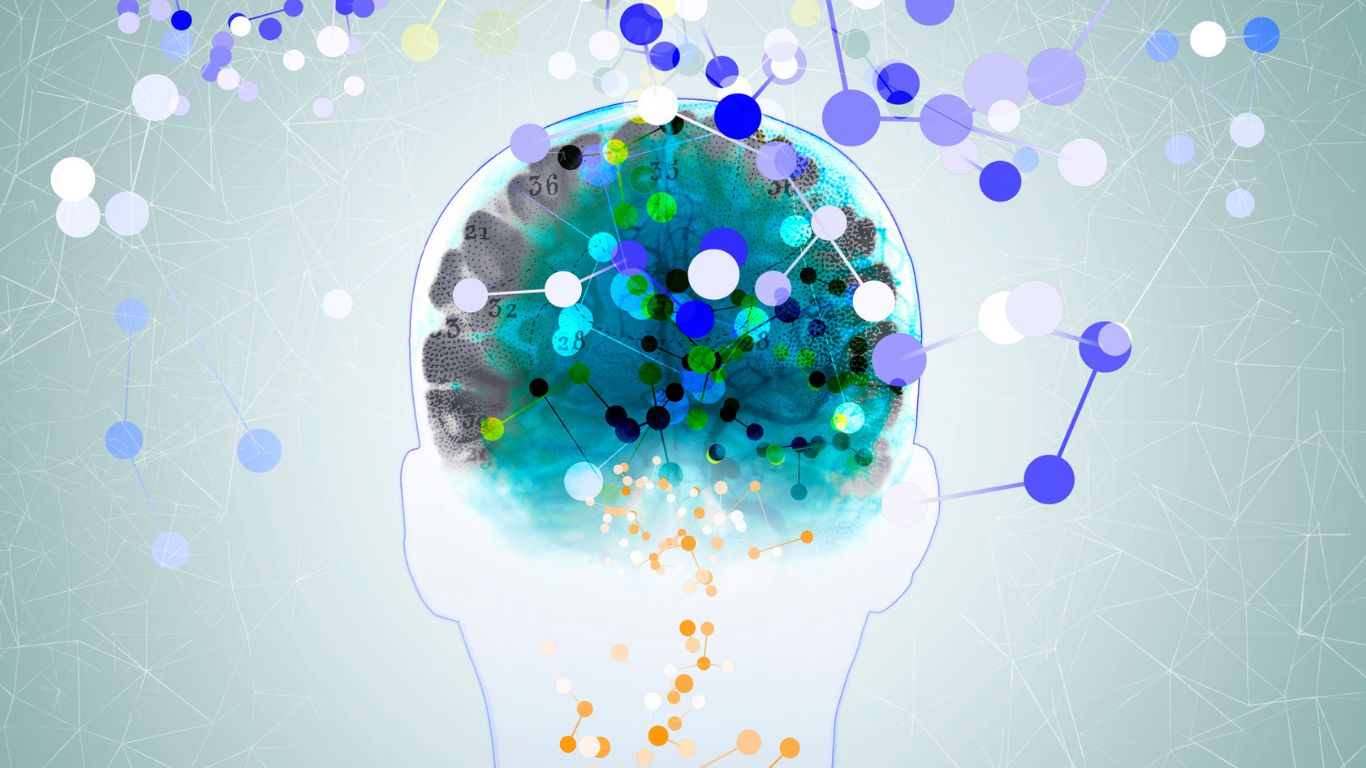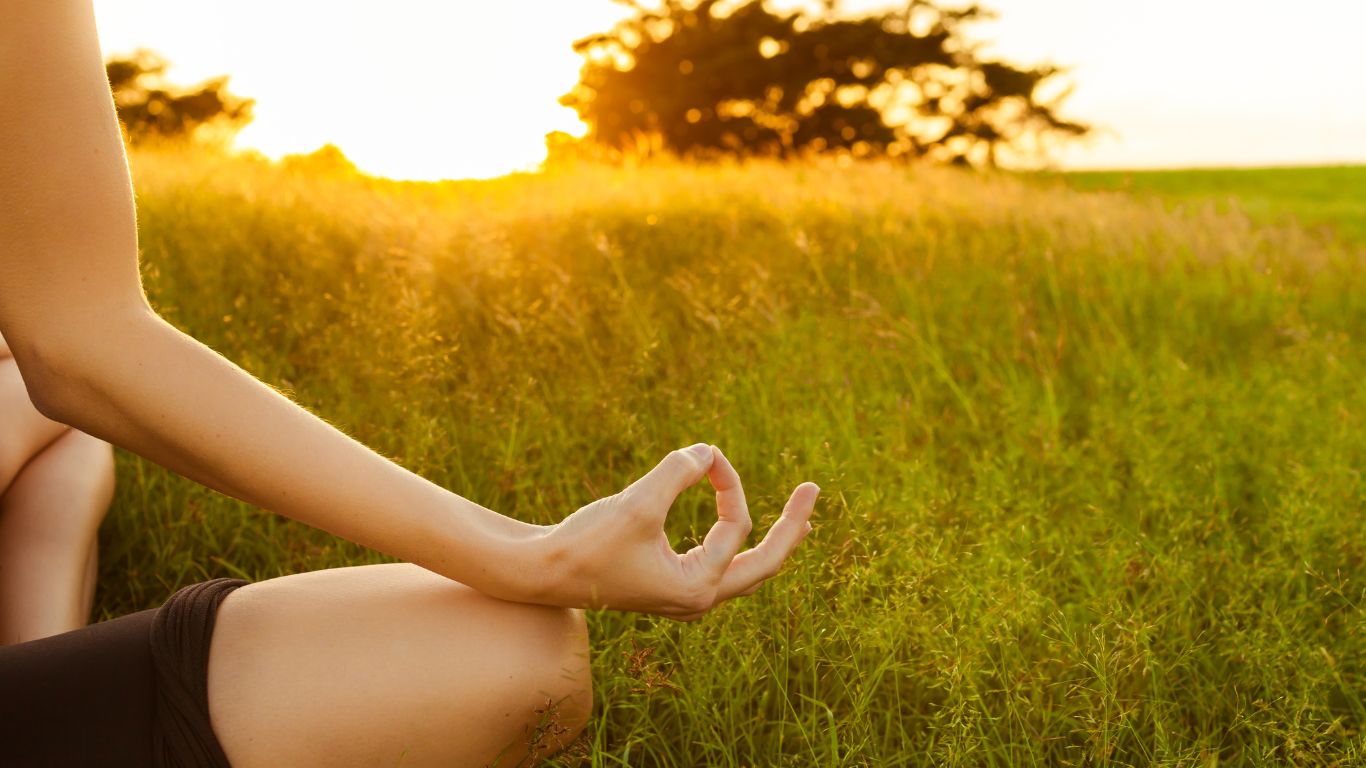With the rise of antidepressants and anti-inflammatories as well as other mind and physiological pharmaceuticals in a vast part of Western society, a growing number of individuals and medical professionals are asking if it’s time to re-evaluate how we approach modern medicine.
Interestingly, the suggested “cure” for this problem has been to look for a more holistic approach and to utilize elements of Eastern medicine which has benefited the people of Asia for centuries.
Now, this may seem counter-intuitive at first… After all, progress moves forward, not backward! What could we learn from centuries-old techniques to healing the body and the mind? We’ve got computers, sophisticated scientific techniques, and we understand a lot about chemical reactions in the body – all things unavailable to doctors and scientists until the 20th century…Yet going back to humanity’s roots and learning a thing or two from healers through the ages has given scientists a fair share of surprising findings in the last several decades.
Back to Basics
Many of the principles of Eastern medicine focus on achieving harmony and balance in the body as well as in the mind, and adapting to the environment of the patient or illness, as opposed to altering the environment altogether. This is meant to provide a more natural transition that helps the body adjust and heal from within, as opposed to Western medicine, where the primary goal is to introduce a variety of chemicals in the form of medicine to address specific symptoms.
A practical knowledge and understanding of positive and negative elements impacting one’s health, as well as the understanding the flow of one’s natural life force, or “Chi” (in traditional Chinese medicine), is another fundamental difference between Eastern and Western schools of thought.
The Western approach does not yet recognize the idea of a life force, or that there’s a certain rhythm to our bodies and thoughts – instead, focusing on treating specific symptoms, and trying to isolate specific problems.
For example, the Western approach treats depression and other psychological disorders from the perspective of chemical imbalances, and tries to mix and match various ingredients in anti depressants and mood stabilizers to achieve the desired behavioural result. A few dopamine-releasing drugs here and there, and the person feels happy.
But rarely does the Western school of thought seeks to figure out why the problem occurred in the first place. Psychoanalysis may be recommended in some instances, but often it is simply assumed that the person was born with an imbalance, and therefore, it needs to be corrected.
Yet this imbalance could be symptom of a poor lifestyle, or simply a difficulty to adapt to our everyday lives. After all, for tens of thousands of years we lived in nature. We hunted and gathered, we farmed, and we spent our time amongst other living things. Our family was everything, and every day was filled with physical challenges and healthy fears (you know… that lion hiding in the bushes).
Yet today, we are stuffed in cubicles and offices. Our challenges are mostly psychological – not physical – (finish this report on time, versus farm this piece of land) and we are inundated with perpetual fears that we can do absolutely nothing about (“Tonight on the 10 o’clock news…What you don’t know, may kill you!”).
And possibly worst of all, we are presented with constant “goals” that are absolutely unattainable by the average person. Can everyone really have a supermodel’s body?
Can everyone really achieve full financial security? Yet we are regularly presented with these so-called goals as something to strive for, and if we don’t achieve them, then we’re constantly reminded that in the eyes of society we are failures. So is it any wonder that so many individuals in Western society are experiencing mood disorders, while practitioners of Eastern philosophy retain greater control of their emotions by regularly practicing control and realism?
Think about it; if you put a mouse in a tiny cage where it couldn’t exercise, gave it impossible goals and punished it every time it failed to achieve those goals…Would you say that the solution is to give that mouse some mood stabilizers and anti depressants, or to change its environment so that it can live in the way its ancestors have for thousands of years? This same question is what Eastern medicine aims to answer; how do you bring a person to their natural balance and realign their Chi to distribute positive energy throughout all parts of the body to achieve physical health, and with it, gain a healthy mind.
Your Body is Smarter than you Think
The calming and focusing benefits of Eastern practices of meditation and Yoga are commonly known in the West, but are often discarded as not being applicable to treating the seemingly physical underpinnings of many psychological problems. For example, many practitioners of Yoga, Tai Chi and Qigong are well known for experiencing a greater sense of calm, and a more keen sense of awareness.
What is known in the West as Attention Deficit Disorder, Hypertension, and Depression can be addressed by helping an individual find their inner core – to gain control over extraneous thoughts and the buzzing static of emotions that build up from over-exposure to mental stimuli (television, social media, and negative workplace gossip).
But the benefits of meditation have been known to go even further, and address physical problems that often manifest as psychological issues.
For example, the slow and deliberate motions of meditation-in-motion, such as Tai Chi and Qigong, as well as practices such as acupuncture and acupressure, have been known not only to improve symptoms of insomnia, but symptoms of inflammation and muscle stiffness. There is good reason for this. Certain activities can release various hormones into the body without any medication.
Take love, for example…When we experience the feeling of love and belonging, our bodies release a hormone called Oxytocin. This amazing chemical is produced by our bodies and doesn’t just help heal damaged tissues, but may even play a role preventing chronic diseases by maintaining the integrity of our DNA sequences! Think about it…Just by changing our emotional state, we can release a barrage of anti aging and nourishing chemicals into our system – no pill required.
But Why this Disconnect?
It is no secret that many commercial and manufactured pharmaceuticals have their roots based in naturally occurring plants and herbs. Codeine and morphine originally come from Papaver Somniferum, Aspirin has its roots in willow bark, Dronibinol and Nabilone (analgesics and anti-nausea pharmaceuticals given to multiple sclerosis, AIDS and cancer treatment patients) are based on cannabis sativa.
Most recently, Dr. Sanjay Gupta did an extensive report about how CBD, a chemical found in hemp, can have a wide array of benefits, including an amazing ability to decrease the occurrence of seizures.
Using herbs in their purest form, or minimally processed just to ease consumption, has been a long proven method in Eastern cultures. One example would be the ground up Minor Bupleurum in capsule form, which has been approved by the Ministry of Health in Japan for treatment of liver cirrhosis and hepatitis due to its proven efficacy in double-blind tests versus a placebo.
The same result was shown with use of a proven compound mixture of rhubarb and licorice to treat constipation, and even more complex simple blends with as many as fourteen herbs that have been proven to treat common allergies.
Further, licorice root has been known to treat stomach ulcers and indigestion issues. Unlike antacids in Western medicine, licorice root does not directly decrease stomach acids. Instead, the root is chewed before a meal to help with secretion of enzymes and ease the digestion process on the lining of the stomach.
This one simple plant in Eastern medicine can offer a permanent solution to stomach issues, yet Western medicine often dictates long term use of antacids, which destabilise the natural acid balance in the stomach, thus hurting your natural digestive process in order to get your body to heal.
Poor digestion, of course, reverberates throughout the entire body, and can cause feelings of fatigue and depression due to inadequate nutrition, abdominal discomfort and irregular bowel movements. In a way, it is an approach of robbing Peter to pay Paul – sacrificing one aspect of your health just to treat another.
This is contrary to Eastern medicine, which doesn’t take such shortcuts, and focuses on restoring your inner balance to heal your entire body from within.
Bridging the Gap
Just like the concept of Yin and Yang (the idea that nothing is absolute and that there’s a balance to everything), neither the Eastern nor the Western approach provide a perfect solution. Sure, chemically synthetic pharmaceuticals can be found around the globe, as can Western standards of medicine in practice. In much the same way that Eastern medicine colleges and holistic practitioners seem to be popping up in the West more and more over the past few decades. But both traditions can learn from each other.
Eastern medicine has the benefit of trial and error practice of thousands of years – techniques that may not always be perfect, but which have been achieved through generations of practice and offer unparalleled insight into the human mind and body. The Western approach, on the other hand, can provide meaningful scientific explanations for Eastern practices that until recently were shrouded in a nearly magical mystery. For many, it is no longer a question of which one is best, but a question of how to merge the best aspects of the two.
Perhaps the ancient yet seemingly universal and time-tested Eastern medicine concepts of balance, mindfulness, meditation, energy fluidity and wellness as a whole could very well complement traditionally accepted Western medicine methodology for a completely new school of thought that fully bridges the gap between mind and body.






Leave a Reply